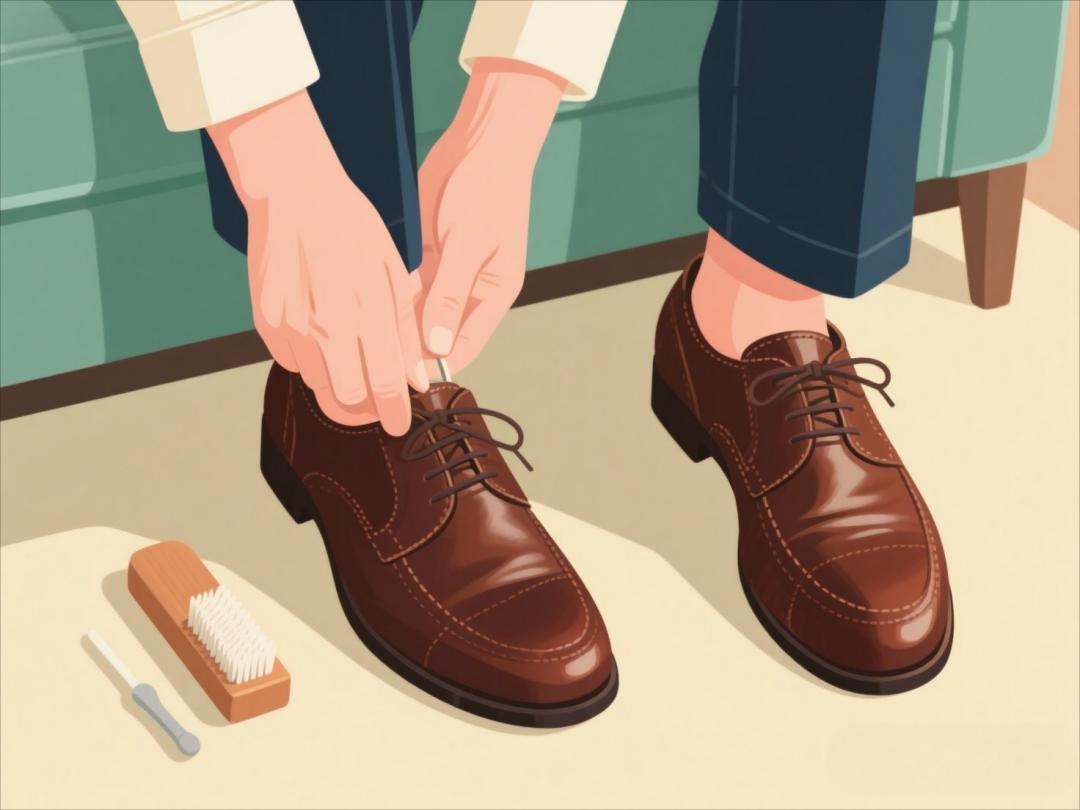fetishes are way more common than most people think, and there's absolutely nothing weird about having one (or five). According to sex therapists and researchers, nearly everyone has at least a mild fascination with something that revs their engine beyond the usual. So if you're sitting there wondering whether your thing is "normal," relax—you're in good company.
The Foot Fetish Phenomenon
This one takes the cake as the most widely recognized fetish, and for good reason. Studies suggest foot fetishism might be hardwired into our brains due to the way neural pathways connect pleasure centers with sensory input from feet. Podophilia (the fancy clinical term) isn't just about toes—it's the whole package: arches, soles, even the way someone moves in certain shoes. Some researchers theorize this fixation stems from feet being near genital regions in the brain's sensory cortex. Treatment? Unless it's causing distress, there's zero need to "fix" this common preference—just find a partner who enjoys foot rubs as foreplay.
BDSM: More Than Fifty Shades
Contrary to pop culture portrayals, BDSM (bondage, discipline, dominance/submission, sadism/masochism) encompasses a spectrum of consensual power dynamics that about 20% of Americans have experimented with. The psychology behind this is fascinating—endorphin rushes from controlled pain, the thrill of role reversal, or the intimacy of complete trust. Modern sex therapists actually view healthy BDSM practices as enhancing communication skills and emotional connection. The key? Safe words, aftercare, and ditching any shame about enjoying what turns you on.
Uniform Fantasies: Doctor, Soldier, Cop
That pulse-quickening reaction to someone in uniform isn't just about the crisp tailoring—it's deeply rooted in psychological associations with authority, competence, and protection. This fetish often develops during adolescence when we first notice societal power structures. Firefighters and nurses top the list, but any uniform representing skill or service can trigger this response. Interestingly, this kink frequently coexists with roleplay fantasies where the uniformed professional "takes control" of situations. No treatment needed unless it interferes with daily functioning—just maybe avoid staring too obviously at EMTs.
The Allure of Voyeurism and Exhibitionism
Before you panic, we're talking about consensual scenarios here—think erotic photography or agreed-upon public teasing. The thrill comes from adrenalized risk-taking and feeling desired. Evolutionary psychologists suggest these impulses trace back to primal mating displays. Modern manifestations include "camgirl" culture or participating in adult theaters. When practiced ethically between consenting adults, these fantasies can spice up long-term relationships. Red flags only appear if the behavior becomes compulsive or non-consensual—that's when professional guidance helps establish healthy boundaries.
Latex and Leather: Sensory Overload
That head-to-toe shiny latex suit isn't just a fashion statement—it's a full-body sensory experience. The combination of visual stimulation, restrictive sensation, and even the smell of materials like leather or PVC creates intense erotic associations. Occupational therapists note similarities between fetishwear and weighted blankets—both provide comforting pressure. For some, the appeal lies in transformation; for others, it's the taboo factor. Either way, this fetish thrives in communities where craftsmanship meets fantasy. Maintenance tip: Invest in quality cleaners for those pricey outfits.
At the end of the day, fetishes reveal how wonderfully diverse human sexuality really is. What matters isn't whether your kink made this list, but how you integrate it into a fulfilling sex life. Most "treatment" involves self-acceptance and finding compatible partners—not suppressing natural desires. So next time you feel shy about your turn-ons, remember: sex researchers have probably documented weirder things before breakfast.
























